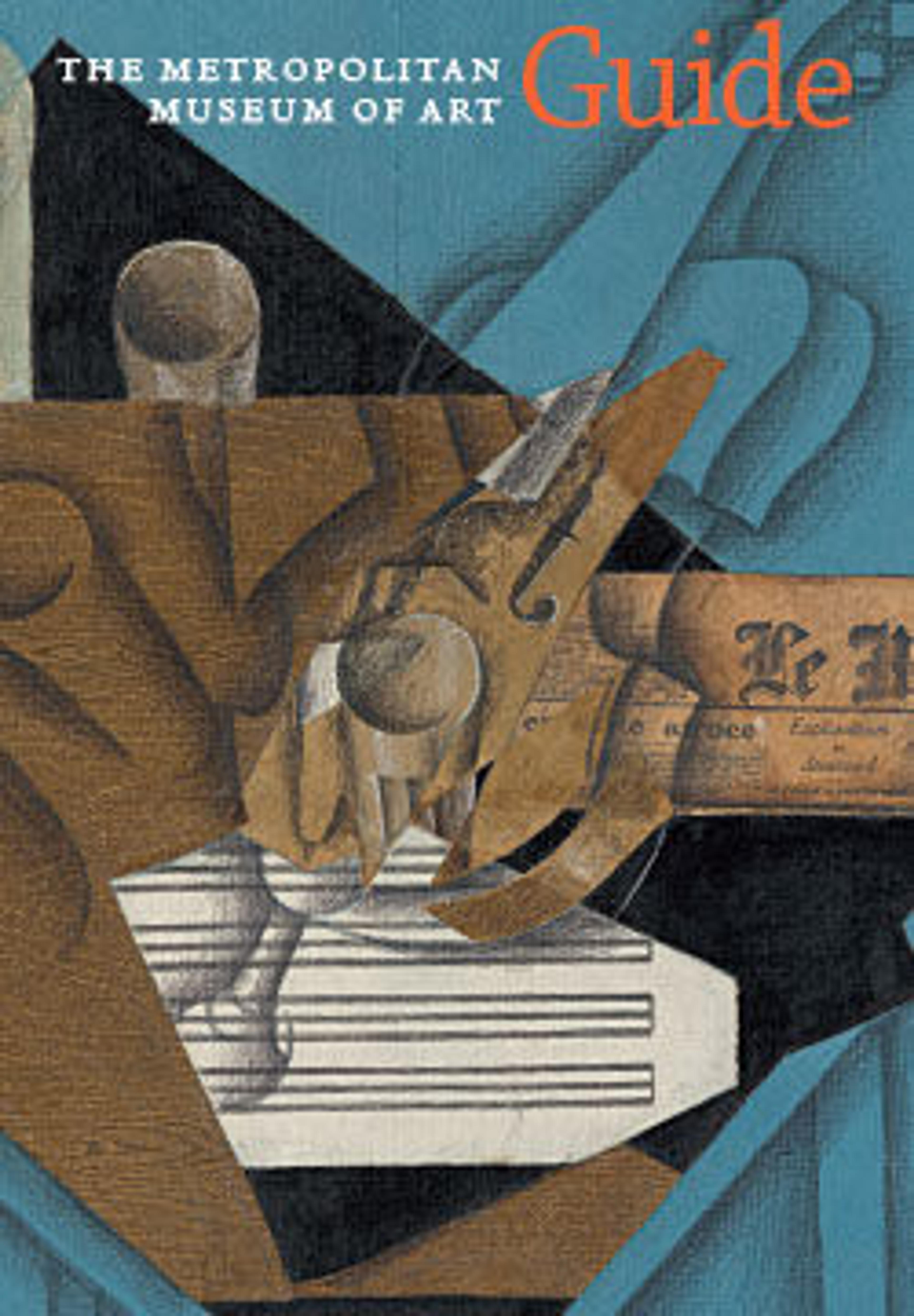Self-Portrait
Much of Warhol's work can be read as a meditation on the transience of life, from his iconic portrayals of a stoically suffering Jacqueline Kennedy to his paintings of skulls from the mid-1970s. Eyes closed and with an unearthly pallor, the artist appears in this late self-portrait as the martyred saint, suspended between the agonies of the flesh and the blinding white light of the afterlife. Stripped of the guises and camouflage that characterize many of his other self-portraits, this riveting picture is idiosyncratic in its candor and directness; strangely, it seems both to refer back to the attempt made on his life in 1968 and to chillingly prefigure his untimely death in 1987.
Artwork Details
- Title:Self-Portrait
- Artist:Andy Warhol (American, Pittsburgh, Pennsylvania 1928–1987 New York)
- Date:1979
- Medium:Instant dye diffusion transfer print
- Dimensions:61 x 50.8 cm (24 x 20 in.)
- Classification:Photographs
- Credit Line:Purchase, The Andy Warhol Foundation for the Visual Arts Gift, Joyce and Robert Menschel Gift and Rogers Fund, 1995
- Object Number:1995.251
- Curatorial Department: Photographs
More Artwork
Research Resources
The Met provides unparalleled resources for research and welcomes an international community of students and scholars. The Met's Open Access API is where creators and researchers can connect to the The Met collection. Open Access data and public domain images are available for unrestricted commercial and noncommercial use without permission or fee.
To request images under copyright and other restrictions, please use this Image Request form.
Feedback
We continue to research and examine historical and cultural context for objects in The Met collection. If you have comments or questions about this object record, please contact us using the form below. The Museum looks forward to receiving your comments.
